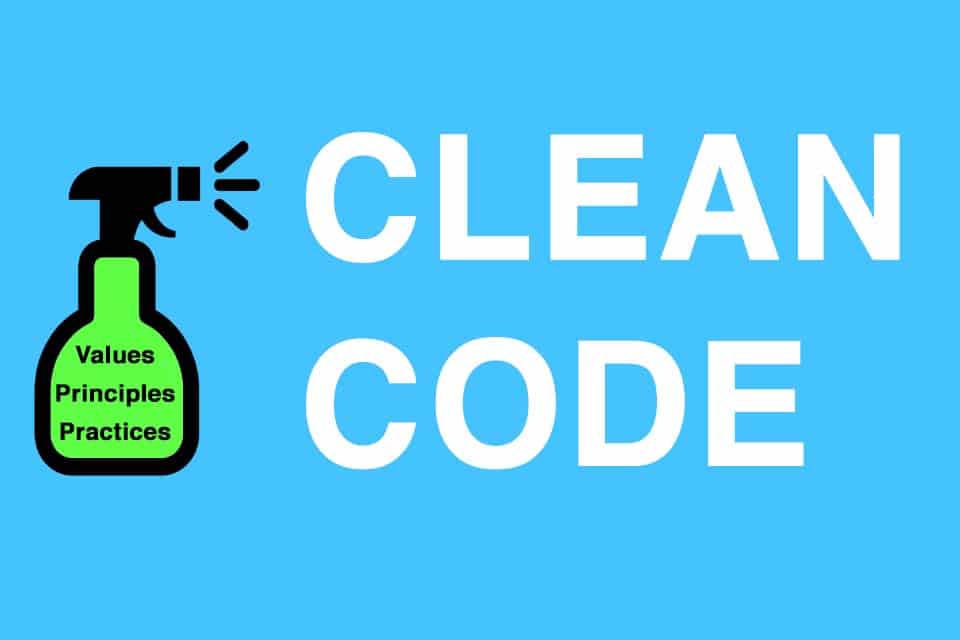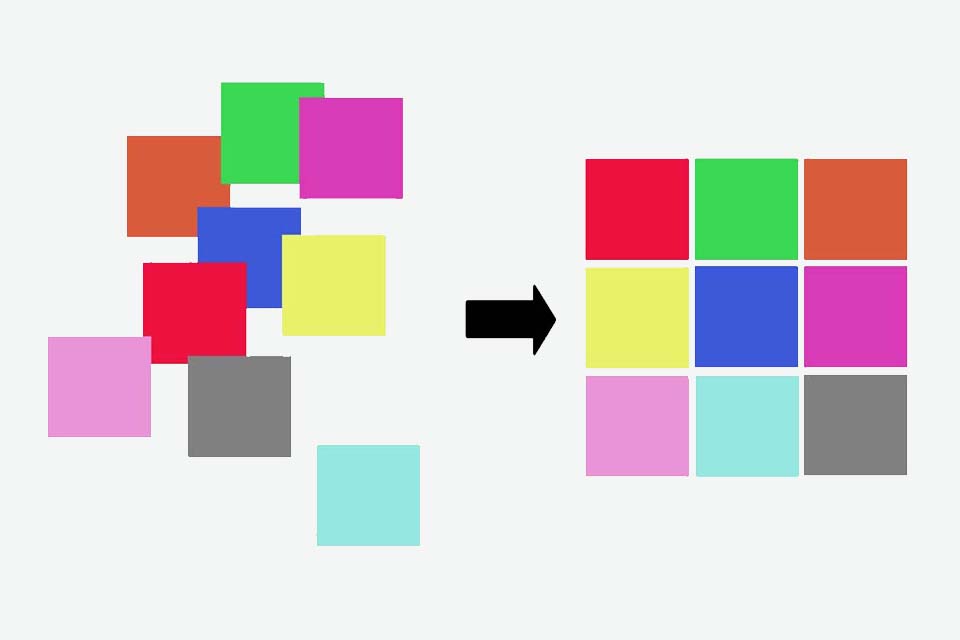What is a Release Candidate?
Smartpedia: A release candidate is an almost finished software version that has to pass final tests before the official market launch or release.
Release Candidate – a software version that will ideally be launched soon
The development of a software is far advanced. What is still missing is a final look, final feedback from selected users and, if necessary, the elimination of minor errors before it is released to the general public. The version that is about to be launched has a name: Release Candidate.
The idea behind a Release Candidate is to provide a stable version of a software that is as close as possible to the final version. Release Candidates, often abbreviated to RC, are usually given to a select group of users for testing and feedback. The purpose of these tests is to find last-minute problems or bugs that were overlooked during the development process.¹
What are the differences between beta version and Release Candidate?
Software development knows different development stages such as pre-alpha version, alpha version, beta version, Release Candidate and release. A major difference between a Release Candidate and a beta version is that an RC version is basically a final version of the software, while a beta version is still in the testing phase. Beta versions are often made available to a larger group of users for testing and feedback, while RC versions are only made available to a smaller group of testers who often already have experience with the software.
Another difference between Release Candidates and beta versions is that Release Candidates are usually equipped with all the features that will later be available in the release. In contrast, beta versions may still be missing or incomplete.
Users who test a Release Candidate therefore usually expect a stable version of the software that is very close to the final version. They may encounter some minor problems or bugs, but these are usually not that serious and can therefore be fixed quickly so that they do not seriously delay the release of the software. Accordingly, users are asked to report any problems they encounter so that they can be fixed before the final release.²
The interaction between producer and user
The use of release candidates as part of the software development process can have a positive impact on the image of users. Users who participate in RC testing often feel valued and included in the development process. They have the opportunity to give feedback and suggest improvements, which often benefits the product or quality. This quickly creates a sense of community and partnership between the users and the development team. In addition, the use of Release Candidates can help to ensure that the software is not perceived, commented on or evaluated negatively if problems arise after release.
However, it should be noted that there are some risks associated with the use of Release Candidates. If an RC is released too early or without proper testing, it may have significant bugs or problems that may harm the image of the producer. It is therefore important to use release candidates wisely and ensure that they are thoroughly tested before release.³
[1] In the course of using Release Candidates, the term “Gamma Delta” is also used from time to time. Gamma testing usually follows beta testing and precedes the final release of software. “Delta debugging” refers to a technique of iteratively isolating parts of a program to identify code that causes a bug.
[2] If a company decides to fix minor bugs before releasing the software, a new version – an RC1, RC2, etc. – should be created urgently and tested accordingly. Companies that deviate from such a practice usually do themselves no favours in the medium term if they operate different versions under a common label.
[3] Some publications state that it is not “bad” if serious errors are discovered in Release Candidates that do not lead to bugfixing before software launch, since companies would often be able to eliminate corresponding problems by providing patches or hotfixes. However, just because there are companies that use the banana principle in practice does not mean that this should be the case. Software that has serious bugs or is only maturing with users can cause harm to users in the short term or jeopardise future uses.
In general, companies are advised to wait for the final version release before deploying new software in a production environment. However, in certain situations where there is urgency, limited change or a high level of confidence, deploying a release candidate in production is considered a temporarily viable option.
If you like the article or would like to discuss it, please feel free to share it in your network. And if you have any comments, please do not hesitate to send us a message.
Here you will find additional information from our Smartpedia section:



